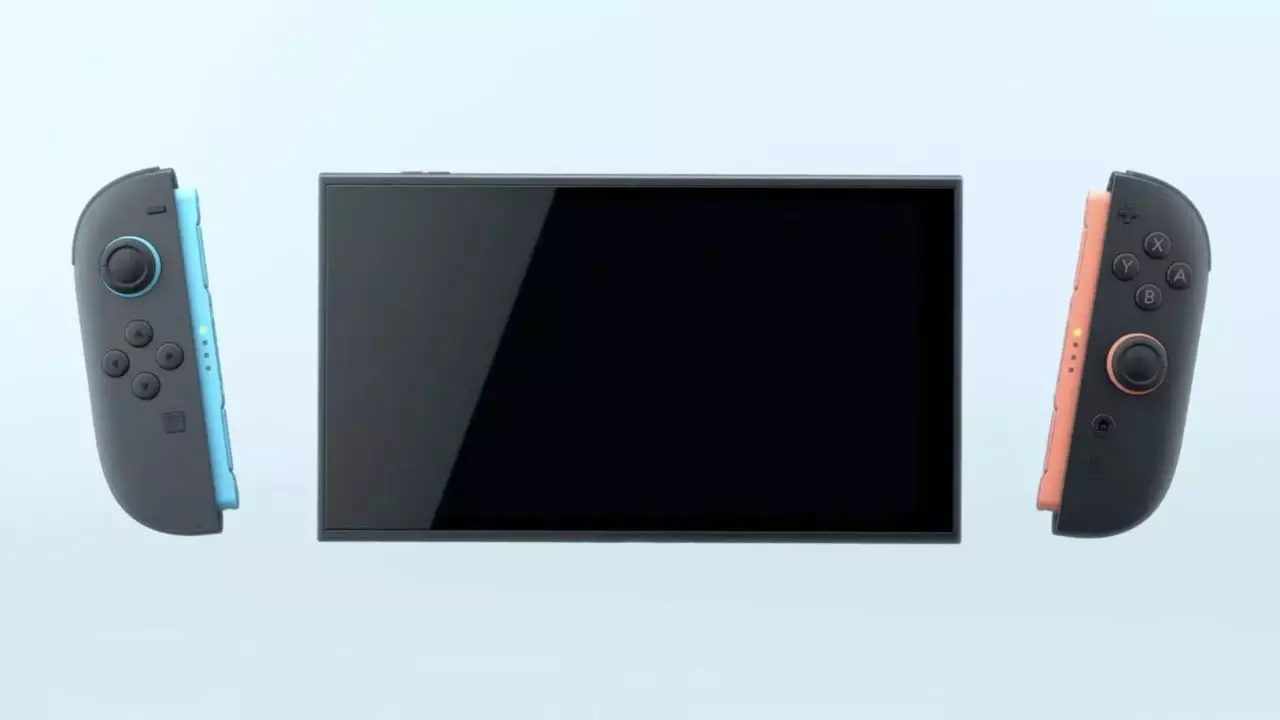In the aftermath of Nintendo’s recent Q&A session with investors, led by president Shuntaro Furukawa, there has been a significant surge in speculation regarding the pricing strategies for the highly anticipated Nintendo Switch 2. Amid discussions centered around product affordability and market dynamics, one inquiry stood out: how will factors such as inflation and currency exchange rates influence the pricing of the forthcoming console? Furukawa’s responses were both insightful and strategically cautious, setting the stage for what consumers might expect as the launch approaches.
One of the focal points made by Furukawa was the acknowledgment of the changing economic environment, especially since the original Switch launched in 2017. He pointed out the influence of global inflation and exchange rates on pricing strategies, suggesting that Nintendo is not working in a vacuum. The company appears to be balancing the need to remain competitive with the affordability expectations inherently tied to the brand’s image. This careful consideration reflects a keen awareness of the marketplace, where consumers gravitate towards reasonable pricing, particularly in challenging economic climates.
Additionally, Furukawa emphasized that while Nintendo recognizes these economic pressures, they also remain committed to their core philosophy of affordable gaming. The acknowledgment that there will be no immediate price drop for the current Switch hardware further underscores their attempt to maintain a stable pricing architecture, regardless of competitive pressures from other brands like Sony; an indication that Nintendo aims to differentiate itself through its pricing strategy.
As gamers and analysts alike ponder the potential price of the Switch 2, opinions vary widely. A reference point from the recent PS5 Pro announcement, priced at an eyebrow-raising £699/$699, raises the stakes for Nintendo, which has historically marketed its consoles at more accessible prices. Many consumers expect the new system to follow suit, with proposed ranges hovering around the $400 to $500 mark. Dr. Serkan Toto, a noted industry analyst, offered a prediction of a $400 launch price, which could indeed align with Nintendo’s heritage of providing value without sacrificing quality.
However, Furukawa’s cautious approach to revealing pricing may be more than just protecting corporate secrets; it might be a strategic wait-and-see game. The company is likely assessing various market responses and consumer expectations before solidifying a figure. The inevitable balancing act will be to align the enhanced features and capabilities of the Switch 2 with consumer demand for affordability.
The insight from Furukawa paints a picture of a company deeply entrenched in both its community of gamers and the fluctuating external economic landscape. As anticipation builds for the Switch 2, discourse around its pricing will remain at the forefront of conversations among stakeholders and consumers alike. Nintendo’s ability to navigate this delicate balancing act will be pivotal to the success of its next generation of gaming. With the countdown to the April 2nd reveal, the hope is that consumers will receive not only a rich gaming experience but also a price that reflects the brand’s ethos of making gaming accessible for everyone.


Leave a Reply